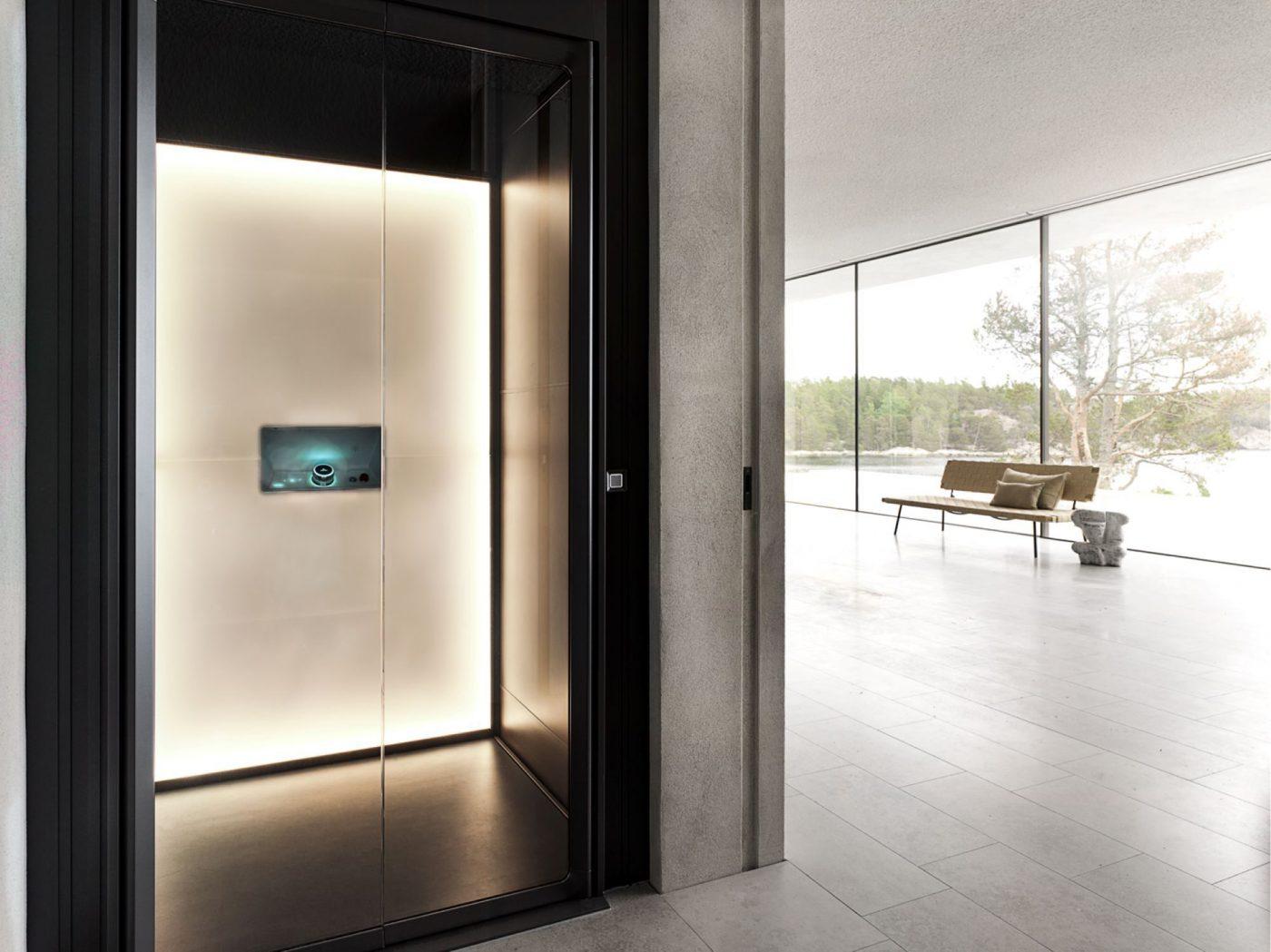Exploring the World of Elevators: Typical Problems Dealt With by Different Lift Mechanisms
As we browse with the vertical transportation systems of modern structures, elevators attract attention as a crucial part of our lives. Nonetheless, behind their seamless operation lies a globe of elaborate devices that can occasionally experience obstacles. From hydraulic elevators to traction systems and machine-room-less layouts, each lift kind features its set of typical issues. Recognizing these challenges is critical for guaranteeing the smooth performance of these vital systems. Let's discover the intricacies that underlie the operation of lifts and the potential concerns that can occur, losing light on the complex web of lift systems.
Hydraulic Elevators
Hydraulic elevators, commonly favored for low-rise buildings, utilize fluid pressure to manage the motion of the lift auto (lift repair companies). This mechanism involves a hydraulic pump pushing oil into a cylinder, causing the elevator to move in the desired direction. While hydraulic elevators are known for their smooth and peaceful procedure, they do feature their very own collection of typical problems
One prevalent trouble with hydraulic lifts is oil leakage. Additionally, issues with the control system, such as damaged shutoffs or a malfunctioning pump, can trigger disruptions in the lift's activity.
Regular maintenance and punctual repairs are important to make certain the smooth performance of hydraulic lifts. By dealing with these common concerns proactively, structure owners can decrease downtime and make sure the security and efficiency of their upright transportation system.
Grip Elevators
When considering upright transportation systems in structures, one more common kind other than hydraulic lifts is the traction lift. Traction lifts run utilizing a system of ropes and weights that move the lift cars and truck by gripping onto the hoist ropes. This device enables smoother and much faster vertical transport compared to hydraulic systems.
Among the typical concerns dealt with by traction lifts is rope wear. The constant motion of the ropes within the traction system can cause deterioration over time, potentially creating the elevator to breakdown or come to be risky for usage. Routine examinations and maintenance of the ropes are necessary to ensure the elevator's correct functioning and security.
An additional issue that traction lifts might experience is connected to the control system. Troubles with the control system can result in problems such as irregular movement, delays in action times, or perhaps complete shutdowns. Routine screening and upkeep of the control system are crucial to avoid such concerns and make sure the lift's integrity.
Machine-Room-Less (MRL) Elevators

One of the vital elements of MRL lifts is the small gearless traction maker that is installed within the hoistway. This equipment effectively drives the lift cars and truck without the need for cumbersome equipment located in traditional traction lifts. Additionally, MRL lifts generally make use of a counterweight system to stabilize the vehicle, more enhancing their power efficiency.
In spite of their benefits, MRL elevators may deal with obstacles connected to repair and maintenance as a result of the confined space for devices setup. Accessibility for servicing elements within the shaft can be limited, calling for specialized training for technicians. Proper maintenance routines and routine examinations are crucial to guarantee the continued smooth operation of MRL elevators.
Overloading and Weight Limitation Issues
Overloading and weight restriction issues are essential problems in lift operations. Elevator manufacturers layout raises with particular weight capacities to ensure guest security and equipment longevity.
When lifts are overwhelmed, it puts too much stress on the motor, wires, and various other elements, possibly triggering malfunctions or malfunctions. Safety systems such as sensors and overload sensing units are in place to protect against elevators from relocating if they discover excess weight. Additionally, going beyond weight limitations can bring about boosted power usage and damage on the elevator system.
To minimize overwhelming concerns, developing supervisors should plainly display weight limitations in lifts and educate passengers on the value of adhering to these limitations - lift repair companies. Normal maintenance checks by qualified technicians can likewise aid guarantee that lifts are running within safe weight specifications. By addressing overloading and weight limitation concerns proactively, building owners can boost elevator safety and performance
Electric System Failures
Surpassing weight restrictions in lifts can not just lead to mechanical problems however additionally possibly contribute to electrical system failures within the lift facilities. Electric system failings are a crucial worry in lift procedure, as they can create unanticipated shutdowns, malfunctions, or perhaps safety risks. One typical electric problem is the getting too hot of parts as a result of too much existing circulation created by overloading the lift past its ability. This can lead to harm to the circuitry, motor, or control systems, causing expensive fixings and downtime.
In addition, power rises or changes in the electrical supply can also interfere with the lift's operation, influencing click for info its efficiency and safety. These electric disruptions can damage delicate elevator components such as control board, motherboard, or sensors, leading to system failures. Regular maintenance and inspections are critical to identify and attend to potential electric problems promptly, making sure the effective and secure procedure of lift systems. By adhering to weight limits and carrying out routine electrical system checks, structure owners can minimize the danger of electric failures in lifts.
Final Thought

Hydraulic lifts, usually liked for low-rise structures, make use of fluid pressure to regulate the motion of the lift automobile.When considering upright transportation systems in buildings, an additional common kind aside from hydraulic elevators is the grip elevator. Traction lifts operate utilizing a system of ropes and weights that move the lift car by go clutching onto the hoist ropes. Unlike conventional lifts that require a separate device room to house the tools, MRL lifts integrate many of the parts within the shaft, eliminating the requirement for a committed device space.In verdict, elevators deal with usual concerns such as hydraulic malfunctions, traction system failings, and electric system troubles.
Comments on “Compare Disabled Platform Lifts Prices UK: Affordable Options for each Requirement”